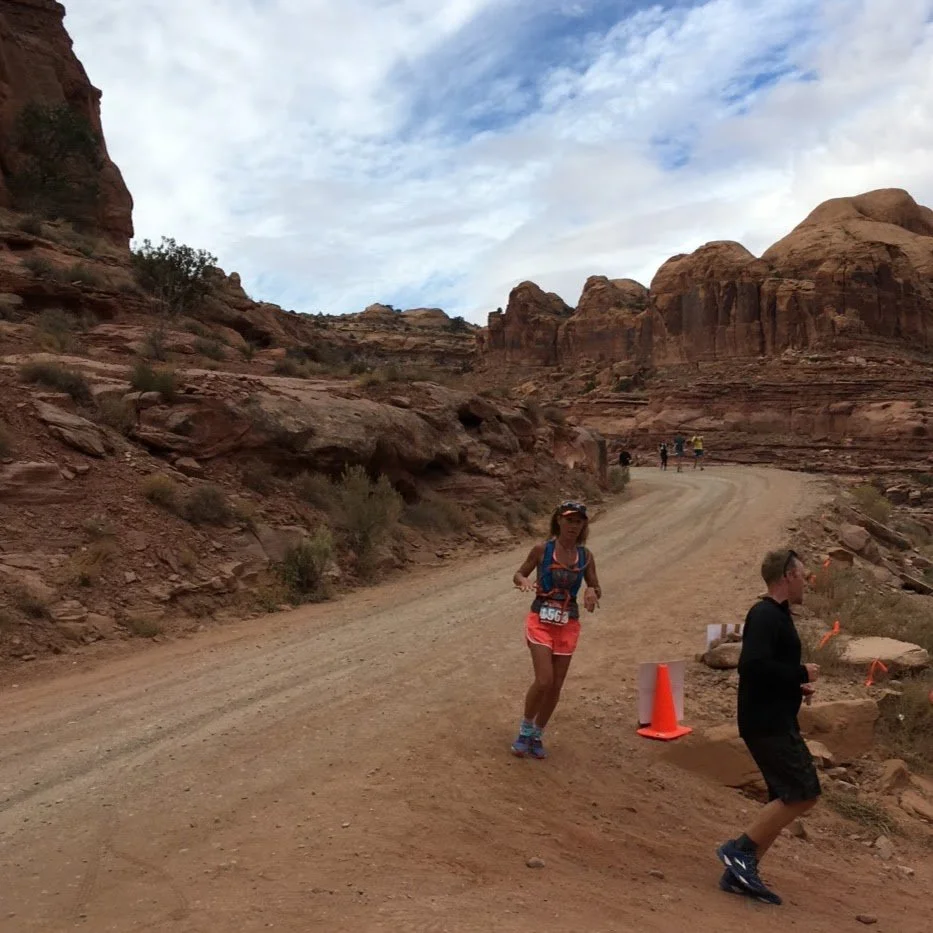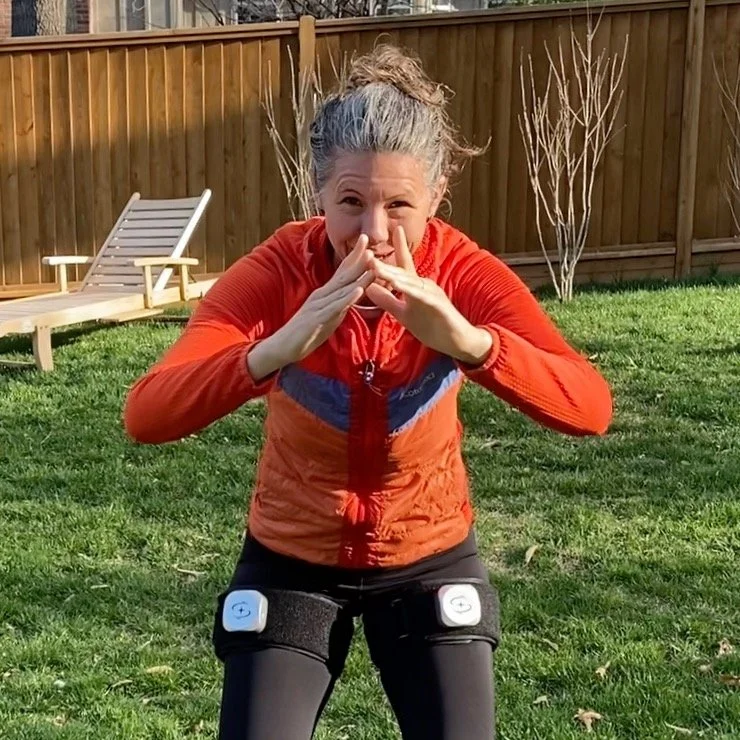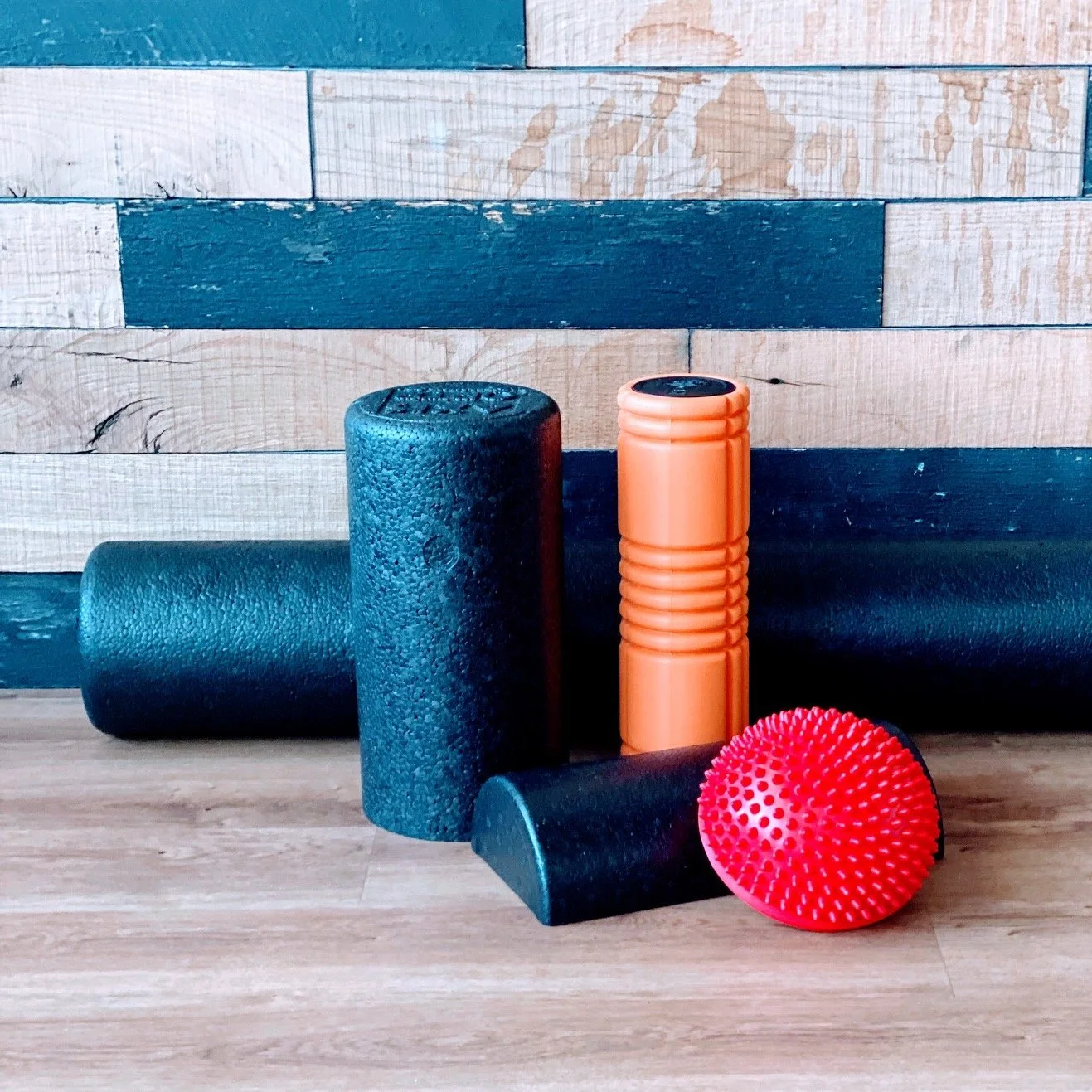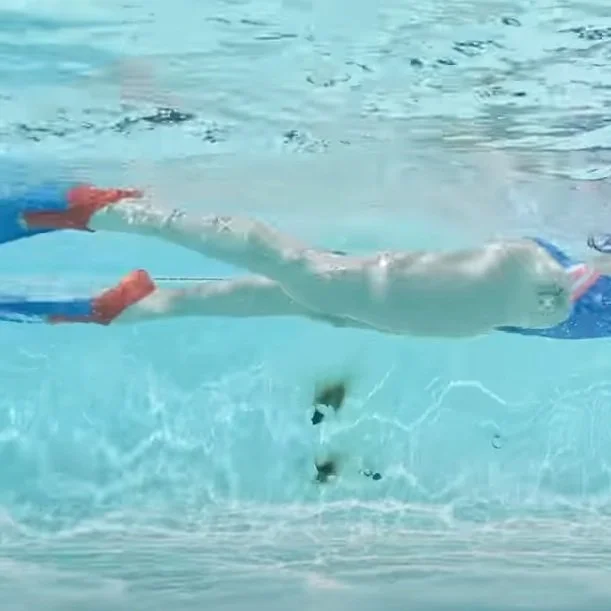Amy breaks down what protein actually is (amino acids) and what amino acids the body makes naturally and where we need to get the amino acids our body does not make naturally. Additionally she explains what collagen is and why we need it.
Read MoreCreated with endurance athletes in mind. Coaches Amy and Liz have a combined thirty years of coaching and seven decades of competing in endurance sports. They cover topics relevant to athletes at various levels of participation: those training for a personal challenge to those competing for an age group placement or race qualification.
There's a lot of hype around protein right now and with good reason - it's an essential building block for endurance athletes for many functions in our body. However, it's good to separate the hype from the facts so you get the most out of what you're eating.
Read MoreSwimmers at the Olympic Trials may go years without a PR or may miss qualifying for an event they previously won. The mindset needed manage this must be intentionally developed and nurtured. There are very important lessons all of us amateur athletes can learn from this.
Read MoreCaffeine can aid performance in Endurance Sports due to its impact on the biochemistry of the brain and our perceived exertion among other reasons. The source, amount and timing of taking it in is key to getting the most out of caffeine and not doing more harm than good.
Read MoreCorners, like hills, are a place we often go too hard on the bike which hurts our ability to run. Listen to learn how to manage corners so you can run off the bike. Additionally, learn how Single Leg Drills develop pedal efficiency and why that matters.
Read MoreWe've been told for decades stretching will help us stay injury free and improve performance. In truth, it can actually be increasing risk and leaving the muscles flat and unlikely to perform well. Find out why and learn what alternatives to use to stay moving and as well as perform.
Read MoreA preview to an upcoming Reds Mental Skills Clinic that will utilize the IFS modality to help athletes identify and manage mental pitfalls.
Read MoreEndurance athletes are often assumed to be heart healthy but that's not always the case. It's important for athletes to know their family history, get regular screenings, and be an advocate for themselves with their doctor. In our very first podcast interview, endurance athlete, Pat Ross, shares his story of how he discovered his own heart issues and how he's adapted his training and goals.
Read MoreThe 'Red Zone' is what Liz calls the end of the bike, T2, and the start of the run when athletes often lose focus on pacing and nutrition. The consequences of this show up on the last half of our run and can cripple our race.
Read MoreForm going up and down hill on the bike and run can help you manage your effort so you can go stronger for longer!
Read MoreTriathlon is a sport unto itself - it’s not three different sports (who knew!?). For this reason, how we train is different than stand alone swimmers, bikers, or runners. Heart rate is a helpful metric for keeping ourselves in check so we make good choices about how hard we push.
Read MoreA Blood Flow Restriction (BFR) device is a physical therapy device that stimulates high intensity training without the same stress on the muscles, bones, tendons, and ligaments. It stimulates the body's recovery response improving strength, aerobic capacity, and muscle repair.
Read MoreThe density of the foam roller as well as how we apply the pressure makes a big difference in how effectively we loosen those tight spots.
Read MoreDoing races just for fun still requires some preparation to set ourselves up for success.
Read MoreCoaches Amy and Liz explain how mid-back rotation is responsible for improved stability and efficiency with running and how a lack of rotation can cause many running injuries. Show notes include two videos. See landing page thecoachamyandcoachlizshow.com
Read MoreCoaches Liz and Amy chat about the potential risks associated with the impact of cycling on mid-back mobility and how it can lead to neck and shoulder injuries when combined with swimming.
Read MoreWe share our first significant endurance sports injuries and how they impacted our future in sport.
Read More




















